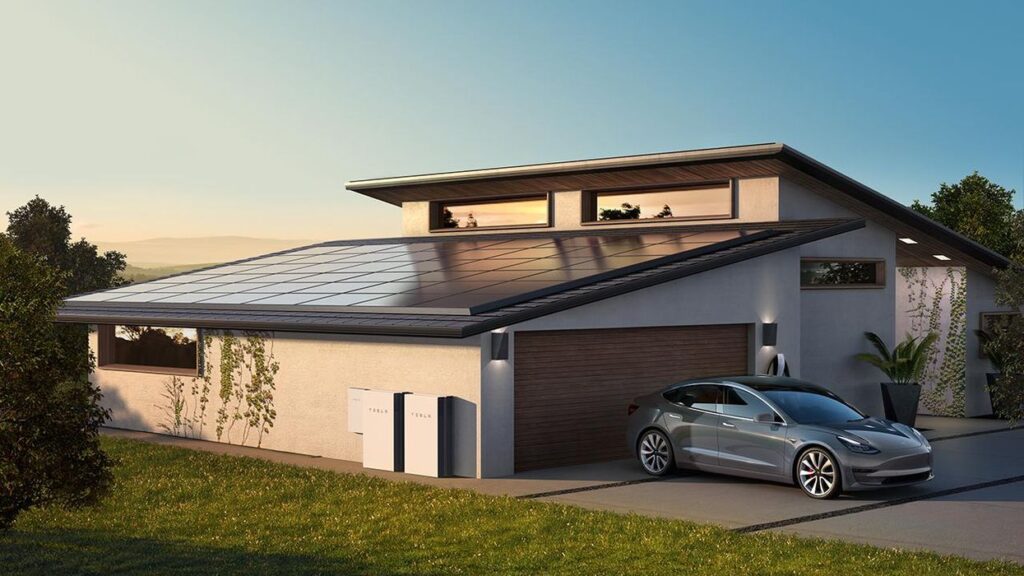The sunlight that strikes the planet’s surface in an hour and a half is enough to handle the entire world’s energy consumption for a year!

If you’re wondering how solar energy is converted into electricity, you are in the right place!
Solar technologies convert sunlight into electricity through photovoltaic (PV) panels or mirrors that concentrate solar radiation. Solar radiation is also known as electromagnetic radiation, that is emitted by the sun. Every place on Earth receives sunlight over the year, but the amount of solar radiation that reaches every spot on the planet’s surface varies. So what solar technologies do is to capture this radiation and turn it into useful forms of energy and can be used to feed a household or it can also be stored in batteries or thermal storage as well.
As of now, there are two types of solar energy technologies. These are photovoltaics (PV) and concentrating solar-thermal power (CSP).
Photovoltaics (PV)
Most of the people is familiar with PV, which is the technology used in solar panels to generate electricity. Basically, when sun shines into a solar panel system, the energy from the sunlight is absorbed by the PV cells in each panel. Then, this energy creates electrical charges that move in response to an internal field in the cell, causing the electricity to flow.
Concentrating Solar-Thermal Power (CSP)
This solar technology use mirrors to reflect and concentrate sunlight in order to collect solar energy and convert it into heat, which can be used to produce electricity or stored for later use. This device is more frequently used in big power plants.
Nevertheless, solar energy technology does not end with electricity generation by PV or CSP systems. These solar system devices must be integrated into homes, businesses and electrical grids.
Source: Office of Energy Effience and Renewable Energy
